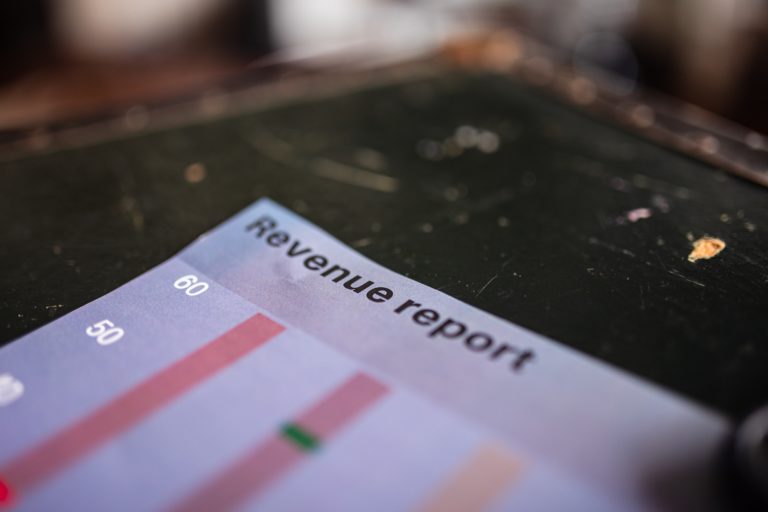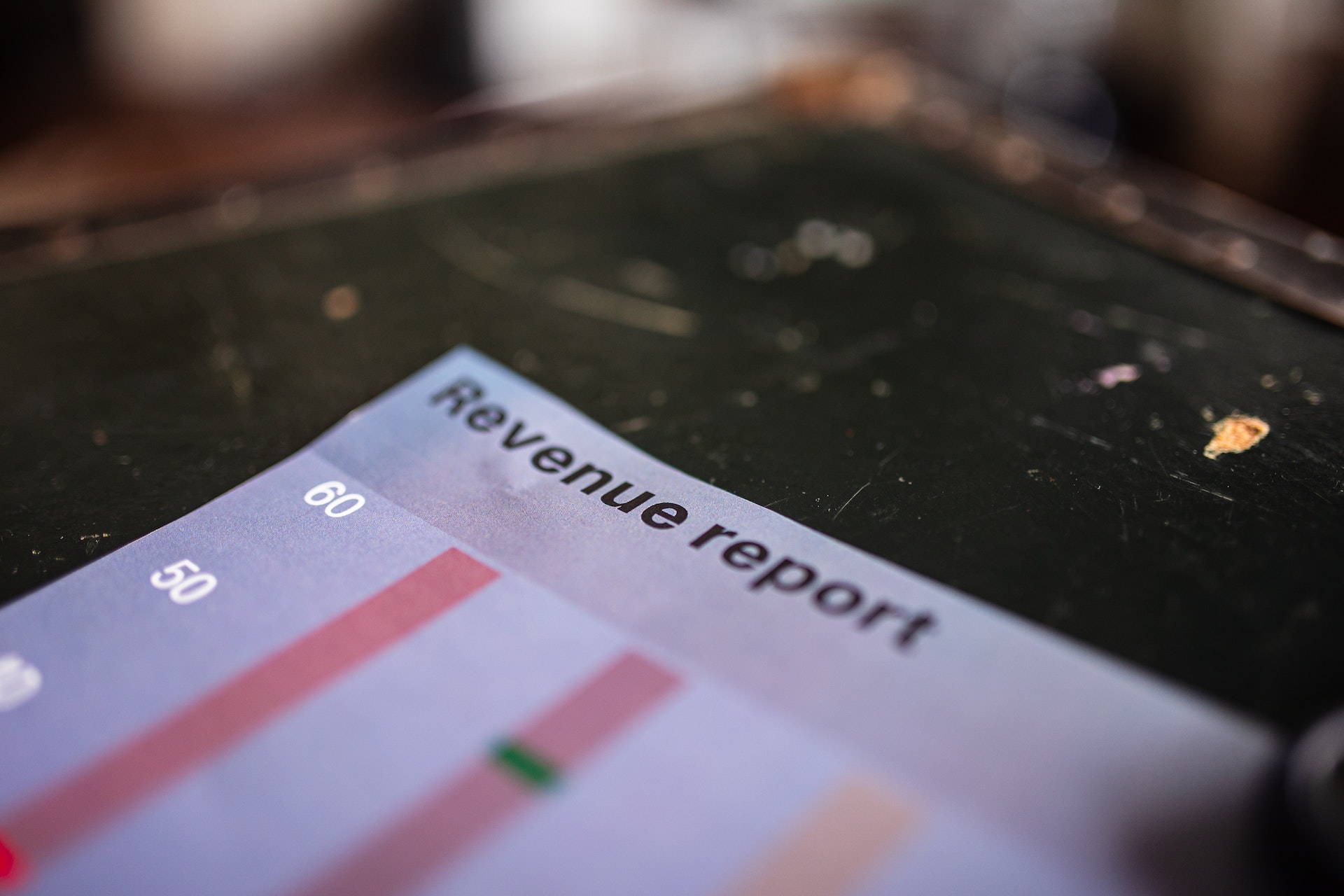
Table of Contents
ToggleIn any business, the sales report is a critical tool for measuring success, identifying areas for improvement, and making informed decisions about the future. A well-crafted sales report provides valuable insights into the performance of a business, allowing managers and stakeholders to assess the effectiveness of their strategies and adjust their approach as needed.
So, what exactly is a sales report? Put simply, a sales report is a document that summarizes the sales activity of a business over a given period of time. This can include data on revenue, profit margins, customer acquisition and retention, and more. Sales reports can be generated on a daily, weekly, monthly, or quarterly basis, depending on the needs of the business.
But why are sales reports so important? Let’s take a closer look at some of the key benefits of using sales reports in business:
- Measuring Performance: One of the primary benefits of sales reports is that they allow businesses to measure their performance over time. By tracking key metrics such as revenue, profit margins, and customer acquisition and retention, businesses can assess the effectiveness of their strategies and identify areas for improvement. This information can be used to make informed decisions about how to allocate resources, adjust pricing, or target new markets.
- Identifying Trends: Sales reports can also be used to identify trends in the performance of a business. By tracking data over time, businesses can identify patterns and make predictions about future performance. For example, if a business notices a steady decline in revenue over several months, they may need to adjust their marketing or sales strategies to attract more customers.
- Making Informed Decisions: Another key benefit of sales reports is that they provide valuable data that can be used to make informed decisions about the future of a business. For example, if a sales report shows that a particular product or service is not selling well, a business may need to consider discontinuing that product or offering a new one to replace it. Alternatively, if a sales report shows that a particular market is performing well, a business may choose to invest more resources in that area to maximize its potential.
- Identifying Opportunities: Sales reports can also help businesses identify new opportunities for growth and expansion. For example, if a sales report shows that a particular market segment is underserved, a business may choose to target that segment with new products or services. By identifying these opportunities early on, businesses can stay ahead of the competition and maximize their potential for success.
- Communication: Finally, sales reports can be a valuable tool for communication within a business. By sharing sales reports with stakeholders, managers can keep everyone informed about the performance of the business and ensure that everyone is working towards the same goals. This can help to foster a culture of transparency and collaboration, which can ultimately lead to greater success.
When it comes to creating an effective sales report, there are a few key elements that businesses should keep in mind. First and foremost, it’s important to identify the metrics that matter most to your business. This may include revenue, profit margins, customer acquisition and retention, sales by product or service, or other Key Performance Indicators (KPIs) that are specific to your business.
Once you’ve identified the metrics that matter most to your business, it’s time to start collecting data. This can be done through a variety of methods, including sales tracking software, point-of-sale systems, or manual data entry. Regardless of the method used, it’s important to ensure that the data is accurate, up-to-date, and complete.
Once the data has been collected, it’s time to create the sales report itself. This can be done using a variety of tools, including spreadsheets, reporting software, or even pen and paper. Regardless of the tool used, it’s important to ensure that the report is clear, concise, and easy to understand. This may include using charts, graphs, or other visual aids to help convey the information in a more digestible format.
In addition, there are a few other elements that businesses may want to consider including in their sales report. These may include:
- Sales by Territory: If your business operates in multiple geographic regions, it can be helpful to break down sales data by territory. This can help to identify areas where your business is performing well, as well as areas where there may be opportunities for growth.
- Sales by Customer: Similarly, breaking down sales data by customer can provide valuable insights into which customers are generating the most revenue for your business. This can help to identify high-value customers and tailor your marketing and sales strategies accordingly.
- Sales by Channel: If your business sells through multiple channels (e.g. online, in-store, via phone), it can be helpful to break down sales data by channel. This can help to identify which channels are most effective for generating sales, as well as areas where there may be opportunities to improve.
- Sales by Product or Service: Finally, breaking down sales data by product or service can help to identify which offerings are generating the most revenue for your business. This can help to inform product development and marketing strategies, as well as identify areas where there may be opportunities to expand or streamline offerings.
Reasons of Effective Sales Reports
There are a few other reasons why businesses should prioritize the creation of effective sales reports. These include:
- Accountability: By tracking sales data over time, businesses can hold themselves accountable for their performance and ensure that they are meeting their goals and objectives.
- Motivation: Sales reports can also be a valuable tool for motivating employees and encouraging them to strive for success. By sharing sales data with employees, businesses can help them to see the impact of their work and feel more invested in the success of the company.
- Planning: Finally, sales reports can be a valuable tool for planning and forecasting. By analyzing sales data over time, businesses can make informed decisions about future investments, staffing needs, and other key decisions that can impact the success of the business.
By prioritizing the creation of effective sales reports, businesses can stay ahead of the competition and maximize their potential for success.
Ultimately, the key to creating an effective sales report is to ensure that it provides valuable insights into the performance of your business. By tracking key metrics, identifying trends, and making informed decisions based on the data, businesses can stay ahead of the competition and maximize their potential for success.
Types of Sales Report
When it comes to tracking sales performance, businesses have a variety of different sales reports to choose from. These reports can provide valuable insights into everything from revenue and profit margins to customer acquisition and retention. Take a closer look at some of the most common types of sales reports and what they can tell us about the performance of a business.
- Sales by Product/Service: One of the most common types of sales reports is the sales by product or service report. This report breaks down sales data by individual product or service offering, providing valuable insights into which offerings are driving the most revenue for the business. This can help businesses to make informed decisions about product development, marketing, and sales strategies, as well as identify areas where there may be opportunities for growth or improvement.
- Sales by Territory: For businesses that operate in multiple geographic regions, the sales by territory report can be a valuable tool for tracking sales performance by region. This report can help businesses to identify which territories are performing well and which may require additional attention or resources. This can be particularly valuable for businesses that are looking to expand into new markets or regions.
- Sales by Customer: The sales by customer report breaks down sales data by individual customer, providing valuable insights into which customers are generating the most revenue for the business. This can help businesses to identify high-value customers and tailor their marketing and sales strategies accordingly. Additionally, this report can help businesses to identify areas where there may be opportunities to improve customer retention and loyalty.
- Sales by Channel: For businesses that sell through multiple channels (e.g. online, in-store, via phone), the sales by channel report can be a valuable tool for tracking sales performance across different channels. This report can help businesses to identify which channels are most effective for generating sales and which may require additional attention or resources.
- Sales Forecast: The sales forecast report is a forward-looking report that provides businesses with a projection of expected sales over a given period of time. This report can help businesses to make informed decisions about staffing, inventory management, and other key areas that can impact sales performance. Additionally, this report can help businesses to identify potential opportunities and challenges before they arise.
- Sales Funnel Report: The sales funnel report provides businesses with a visual representation of the sales process, from lead generation to conversion. This report can help businesses to identify areas where leads may be dropping off or where the sales process may be stalling, allowing them to make informed decisions about how to optimize the sales process and drive better results.
- Sales Performance Dashboard: The sales performance dashboard is a high-level overview of sales performance, providing businesses with a snapshot of key metrics like revenue, profit margins, and customer acquisition and retention. This report can be particularly valuable for businesses that are looking to track performance over time or identify trends and patterns in sales data.
Types of sales reports that businesses choose to track will depend on their specific needs and objectives. By using a combination of different reports, businesses can gain valuable insights into sales performance, identify areas where there may be opportunities for improvement, and make informed decisions about how to optimize their sales strategies for success.
Whether you’re tracking sales by product, territory, customer, or channel, the key is to ensure that the data is accurate, up-to-date, and complete, allowing businesses to make informed decisions and stay ahead of the competition.
Example of a Sales Report
Here is an example of a sales report:
Sales Report for Q1 2022
- Sales by Product/Service:
This section of the sales report provides a breakdown of revenue by product or service offered by the company. It can help businesses identify which products or services are generating the most revenue and which may require more attention or improvement.
Product/Service | Revenue |
Product A | $150,000 |
Product B | $100,000 |
Product C | $75,000 |
Service X | $50,000 |
Service Y | $25,000 |
- Sales by Territory:
This section shows revenue generated by different geographic regions, which can help businesses identify which areas are performing well and which may require more attention or resources.
Territory | Revenue |
North America | $200,000 |
Europe | $100,000 |
Asia-Pacific | $50,000 |
- Sales by Customer:
This section provides a breakdown of revenue by individual customer or client, which can help businesses identify their most valuable customers and tailor their sales and marketing efforts accordingly.
Customer | Revenue |
Customer A | $75,000 |
Customer B | $50,000 |
Customer C | $25,000 |
- Sales by Channel:
This section shows revenue generated through different sales channels such as online, in-store, or phone sales. It can help businesses understand which channels are most effective and where they may need to allocate more resources or make improvements.
Channel | Revenue |
Online | $150,000 |
In-store | $100,000 |
Phone | $25,000 |
- Sales Forecast for Q2 2022:
This section provides a projection of expected revenue for the next quarter based on current sales trends and performance. It can help businesses plan for future growth and identify potential areas for improvement.
Product/Service | Forecasted Revenue |
Product A | $175,000 |
Product B | $125,000 |
Product C | $100,000 |
Service X | $75,000 |
Service Y | $50,000 |
- Sales Funnel Report:
This section provides a breakdown of the sales process from lead generation to closed deals. It can help businesses identify areas where they may be losing potential customers and make improvements to increase their conversion rates.
Stage | Number of Leads | Conversion Rate |
Lead Generation | 500 | 50% |
Initial Contact | 250 | 50% |
Qualification | 125 | 60% |
Proposal | 75 | 70% |
Closed Won | 50 | 100% |
- Sales Performance Dashboard:
This section provides a high-level overview of key performance metrics for the business, such as revenue, profit margin, and customer acquisition and retention rates. It can help businesses track their progress towards their goals and identify areas for improvement.
Metric | Q1 2022 | Q4 2021 | YoY Change |
Revenue | $375,000 | $300,000 | 25% |
Profit Margin | 20% | 18% | 2% |
Customer Acquisition | 10 | 8 | 25% |
Customer Retention | 90% | 85% | 5% |
Conclusion
In conclusion, sales reports are an essential tool for businesses of all sizes and industries. By providing a comprehensive overview of sales data, these reports can help business owners and managers make informed decisions that drive growth, improve customer relationships, and increase profitability.
Whether you’re using a simple spreadsheet or a more advanced reporting system, it’s important to tailor your sales reports to the unique needs and goals of your business. This may involve tracking different metrics, using different visualization tools, or including custom sections and analysis.
At the end of the day, the most successful businesses are those that are able to use their sales data effectively to guide their decision-making and achieve their goals. By investing in the right sales reporting tools and strategies, your business can gain a competitive edge in today’s rapidly evolving marketplace.





